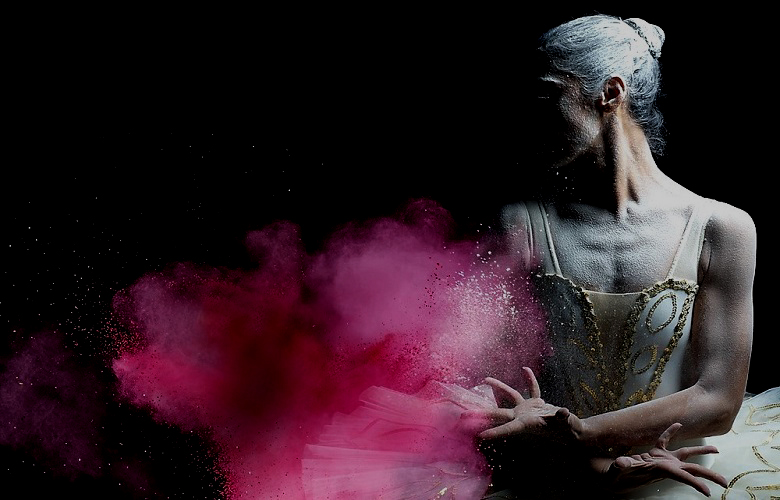
Being a professional dancer involves much more than just dance. High profile jobs that most dancers wish to obtain involve contracts to be signed by the performer; some of which that are “union” contracts. There are a handful of labor unions that involve and protect dancers. Labor unions, in general, are centered around bargaining over wages, benefits, and working conditions for union members. The unions will usually aggressively support members in any dispute involving alleged violations of contractual provisions.
Contractual violations for dancers usually revolve around the area of working conditions. Dancers who are being expected to work longer than standard hours or company managers failing to give breaks are two examples of contract violations. If dancers don’t have enough “turn around” time, work late at night, and are expected to be back extra early in the morning without “turn around pay,” this would be a contract violation. Requiring a dancer to dance too close to a hazardous area, such as fire or pyrotechnics, may also be a contractual violation. Each union contract is particular and unique to suit the needs and specifications of each show and job. Every cast of every show elects a “union representative” who is familiar with the rules of the contracts. This “Union Rep” is in constant communication with the union headquarters to ensure quality working conditions for all of the dancers.
To become a member of a dancer’s union, you must have a union contract. This is very tricky to attain because union auditions are exclusive.
To attempt a union audition, some unions require current membership. Non-union dancers, in the hope of landing a union job, and therefore union membership, usually have to wait long hours to be given a chance at auditions. It is not a requirement to audition non-union dancers at union job auditions. Producers can, and do, turn away dancers that may have been waiting hours because there is insufficient time. Union auditions make it mandatory that union dancers are considered first.
As with all unions, dancers’ unions require new members to pay a membership fee. The fee is usually, approximately $1,500. Accurate initiation fees can be found on each union’s website. The fee can be paid in installments, and unions will establish payment plans; taking portions of the fee from a dancer’s paycheck. Some unions allow non-members to work a few union jobs before they are required to join the union. For example, if an older dancer is working (they know it is toward the end of their career), and they book their first feature film, they may choose not to join Screen Actor’s Guild/American Federation of Television and Radio Artists (SAG/AFTRA), if possible. This would be a sensible choice in this case because the dancer would not anticipate doing enough film work to warrant paying a steep initiation fee. Sometimes dancers will wait until they are forced to join because they simply don’t have the money to pay the “incoming member” fee. Other dancers jump at the opportunity to join a union, as it is easier to obtain union auditions, and they wish to enjoy union working conditions and benefits.
Screen Actor’s Guild, American Federation of Television and Radio Artists
SAG and AF TRA were previously two different unions that merged in 2012. SAG is the union for screen actors/dancers in movies and commercials. AFTRA covers dancers/actors in union television appearances. All contract, residual, and membership information is available on the website.
“Equity” currently represents actors and dancers of the live theater. This would include Broadway shows, National Tours, and Regional Theaters. Equity has a tier system organizing contracts. All contract information is found on the website. The Equity website also posts all audition notices by region of the country.
American Guild of Variety Artists
AGVA represents variety artists. The biggest show AGVA currently represents is The Radio City Christmas Spectacular. All dancers, actors, Little People, and Radio City Rockettes sign AGVA Contracts.
American Guild of Musical Artists
AGMA covers dancers, although the title may suggest it may only cover musicians. Dancers in prestigious companies like New York City Ballet, American Ballet Theater, and Alvin Ailey American Dance Theater sign AGMA contracts.
Although dancers for recording and musical artists currently have no union, The Dancers’ Alliance is working in that direction. Their mission is to be the unified voice of dancers and choreographers and negotiate equitable rates and working conditions. This would include dancers for music videos, and sometimes live gigs with recording artists.
Continue Reading Performers’ Unions: Being Protected, Part 2


Author Jill Ann Wolins started dancing as a child and continued competitively at the age of 9. She extended her dance education at the State University of New York in Buffalo, receiving her BFA as a dance major. Jill was awarded numerous scholarships for dance including Duke University American Dance Festival (ADF), Giordano Chicago, and six years at Steps on Broadway, NYC, which aided her transition into the professional dance world. Her professional dance career started with Disney, Orlando. Jill continued as a NYC Radio City Rockette for ten years. Broadway National tours include The Producers and Will Rogers Follies, and regional tours include Sweet Charity and Grease! TV and Film credits include The Producers, David Letterman (CBS), Disney Christmas Special (ABC), and Radio City Christmas Spectacular holiday commercials. Some of Jill’s favorite credits include assisting the choreographer, John Dietrich, for the opening segment of the Macy’s Thanksgiving Day Parade, performing in tribute to Lena Horne at Lincoln Center, and dancing with Chita Rivera at the Kennedy Center, DC. Some international dance and teaching experiences include appearances in China, Japan, Russia, UK, Australia, and the United Arab Emirates. Jill Is proud to have worked with the United Nations Association in HIV/AIDS affected areas of South Africa. Jill currently travels across the country and around the globe teaching master classes and setting choreography. She is currently a faculty member of the Wild Dance Intensive and Power Pak Dance Camp. Jill teaches the Top Gun Audition master classes at Starpower National Competitions and co-hosts prestigious dance events like the World Dance Championships. Because Jill values guidance and education for young dancers, she also enjoys being co-director of the World Dance Pageant. Jill is thrilled to share her books in the “Are You Ready?” series. “Dance Competitions: Are You Ready?” is perfect for young competitive dancers, guiding them to have the best, most successful experience possible. “Dance: Are You Ready for the Next Step?” is a must read for all dancers that want to dance in college and beyond, preparing them to be successful in the professional dance world. Jill is proud to be a part of the dance community in TheatreArtLife. We are an international community of dancers and artists, united through our love and passion for dance!
Read Full Profile© 2021 TheatreArtLife. All rights reserved.

Thank you so much for reading, but you have now reached your free article limit for this month.
Our contributors are currently writing more articles for you to enjoy.
To keep reading, all you have to do is become a subscriber and then you can read unlimited articles anytime.
Your investment will help us continue to ignite connections across the globe in live entertainment and build this community for industry professionals.